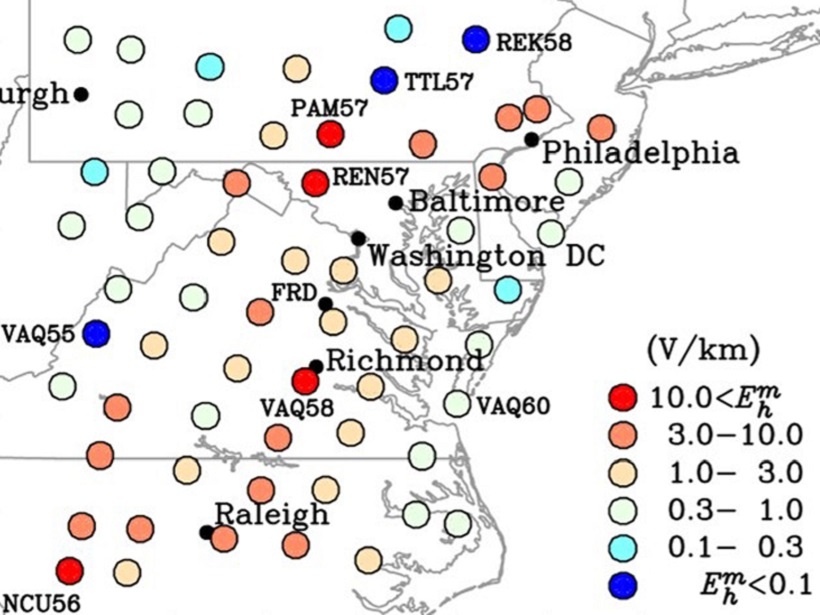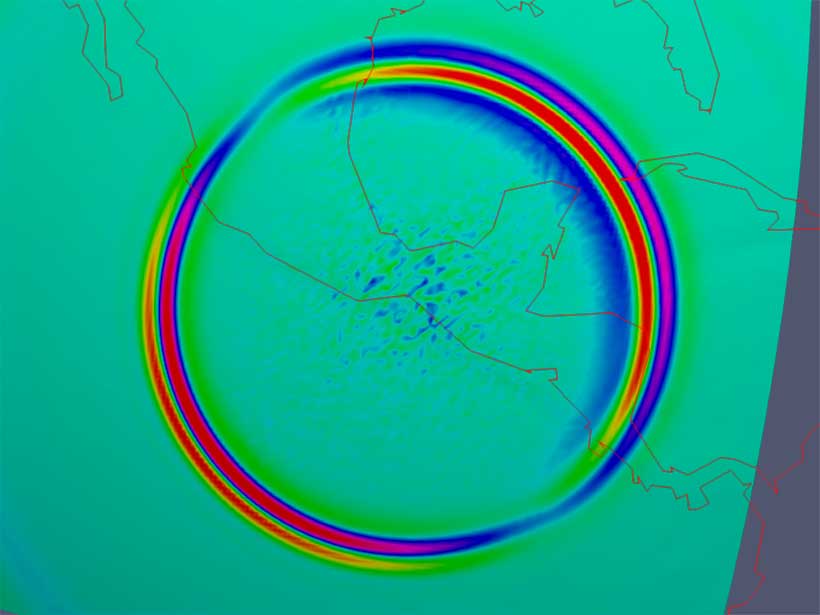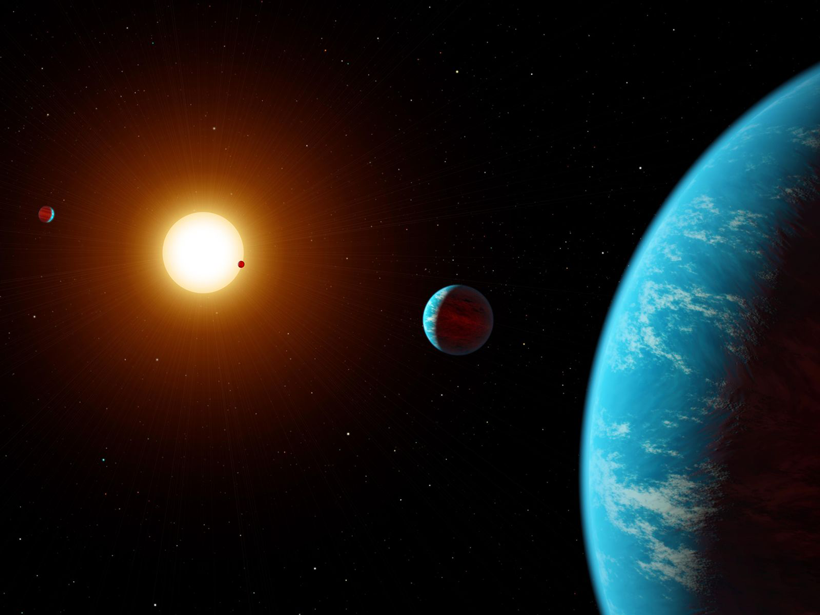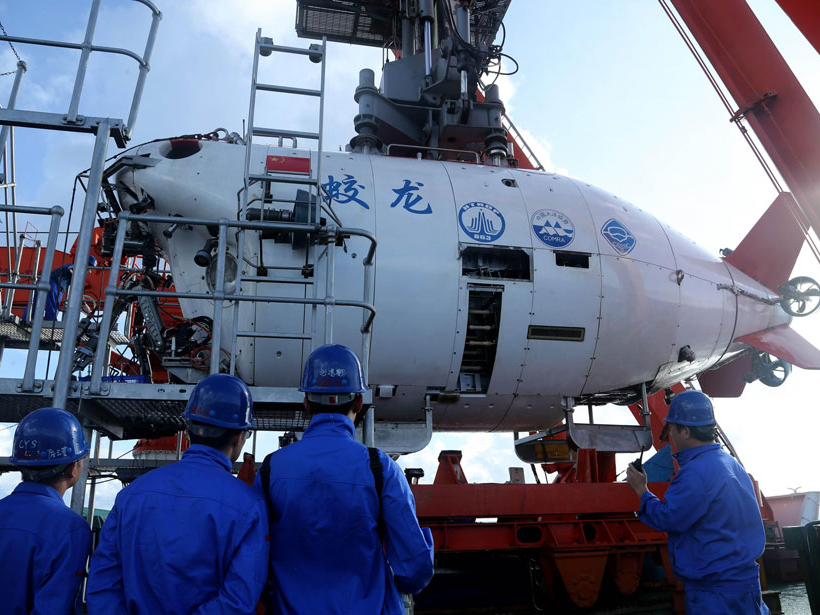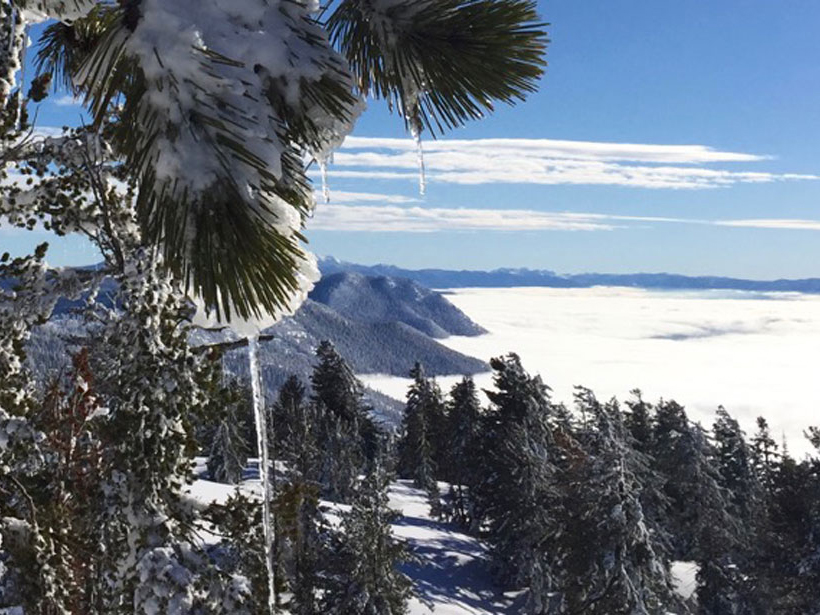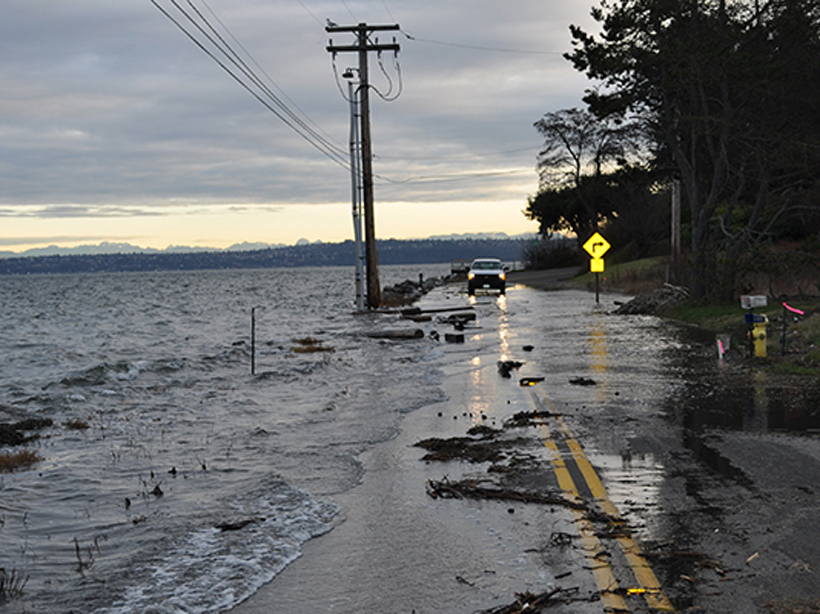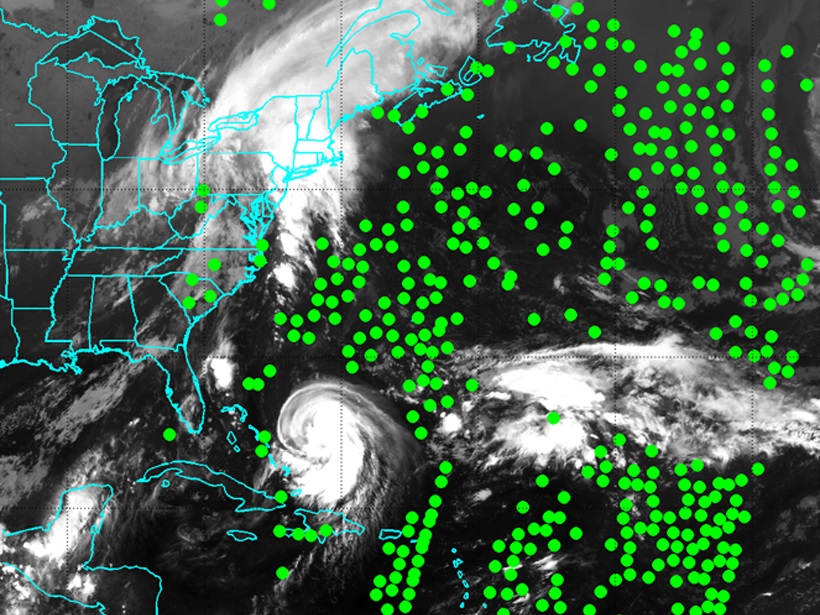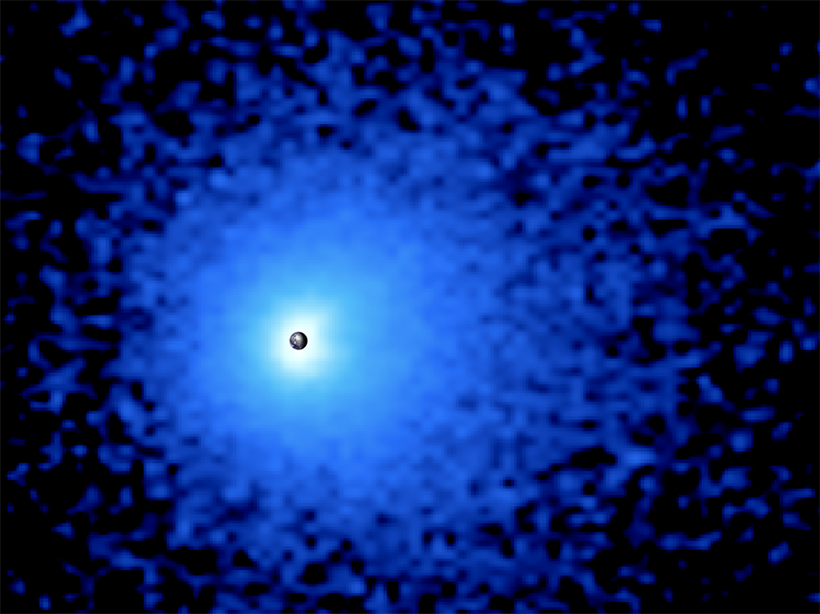To help mitigate magnetic storm interference on electric power grid operations, extreme-value geoelectric fields have been mapped across the mid-Atlantic United States.
CC BY-NC-ND 2018
Computational Seismology Workshop Trains Early-Career Scientists
2017 CIG–LLNL Computational Seismology Workshop; Livermore, California, 18–22 September 2017
Looking to the Future of Exoplanet Science
Upcoming missions seeking to unravel the secrets of exoplanets abound. An informal survey of astronomers revealed which of those projects they most eagerly await.
China Catching Up to United States in Research and Development
China recently overtook the European Union in spending on basic and applied research in science and engineering.
How Does Snow Affect the Intensity of Mountain Precipitation?
A new investigation into the sensitivity of extreme precipitation in a changing climate indicates that more winter rainfall and protracted snowmelt may require local adaptations to winter flooding impacts.
A Close-in Look at Saturn’s Periodic Space Bubble
When it comes to Saturn’s space environment, summer wins over winter in controlling the periodic flows of electrically charged particles and magnetic fields.
Space Weathering Asymmetrically Alters Lunar Crater Walls
Directional differences in craters’ optical properties suggest that the solar wind, not tiny meteorites, is the main driver of space weathering on the Moon.
Reckoning with Climate’s Most Challenging Questions
Climate researchers outline a vision for the future of climate observations.
Listening to the Clouds
The assimilation of cloud-cleared infrared data improves numerical weather forecasting, especially for hurricanes, by providing thermodynamic information in cloudy atmosphere.
Tracing the Path of Gas Atoms from Earth to the Final Frontier
Scientists capture the first complete image of Earth’s luminous geocorona and prove its ecliptic north–south symmetry.

